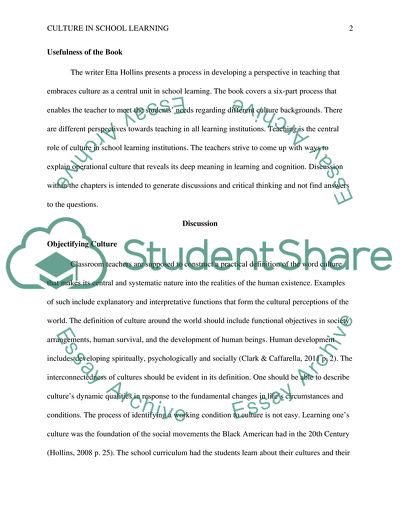Cite this document
(“Culture in School Learning Book Report/Review Example | Topics and Well Written Essays - 2000 words”, n.d.)
Retrieved de https://studentshare.org/education/1681884-culture-in-school-learning
Retrieved de https://studentshare.org/education/1681884-culture-in-school-learning
(Culture in School Learning Book Report/Review Example | Topics and Well Written Essays - 2000 Words)
https://studentshare.org/education/1681884-culture-in-school-learning.
https://studentshare.org/education/1681884-culture-in-school-learning.
“Culture in School Learning Book Report/Review Example | Topics and Well Written Essays - 2000 Words”, n.d. https://studentshare.org/education/1681884-culture-in-school-learning.


